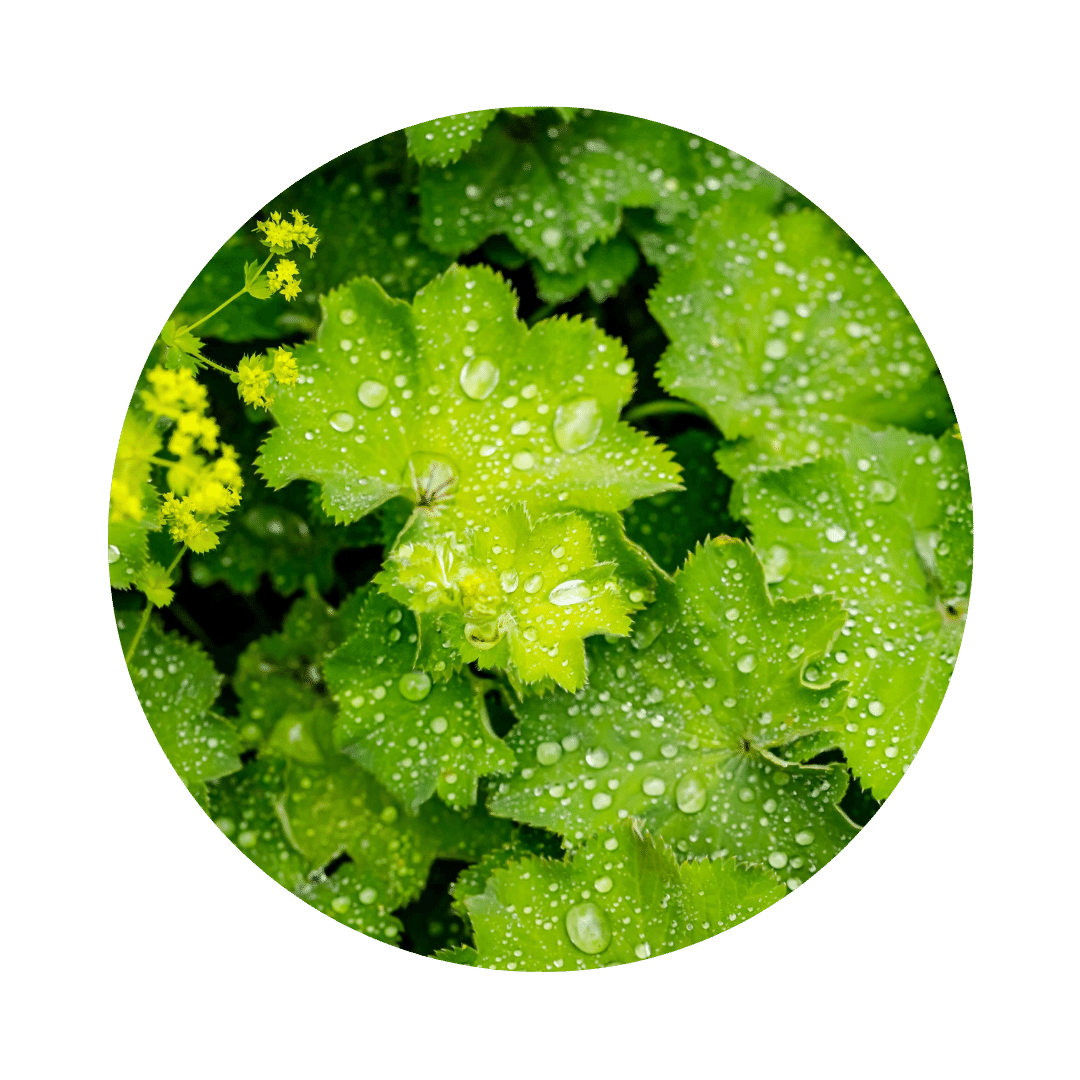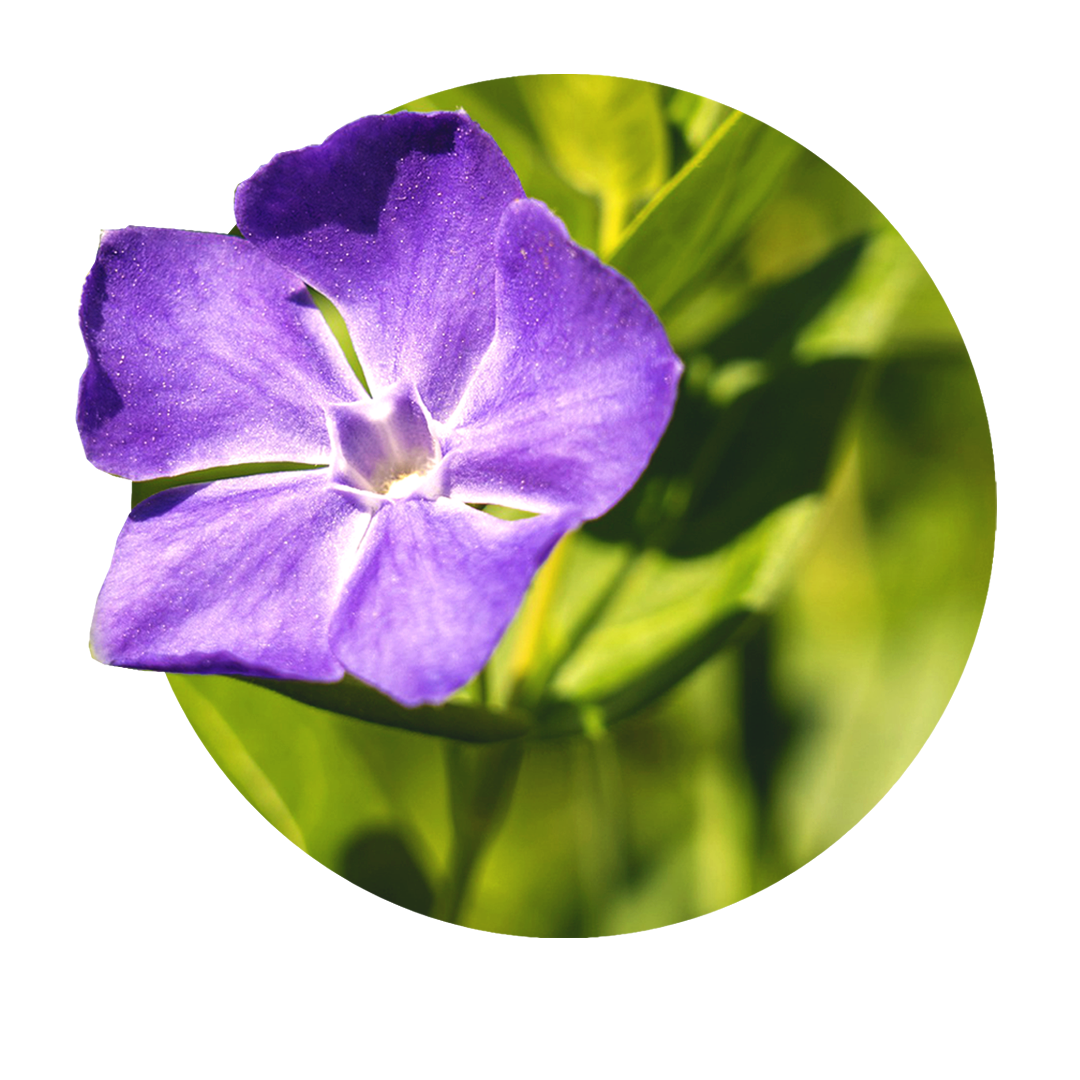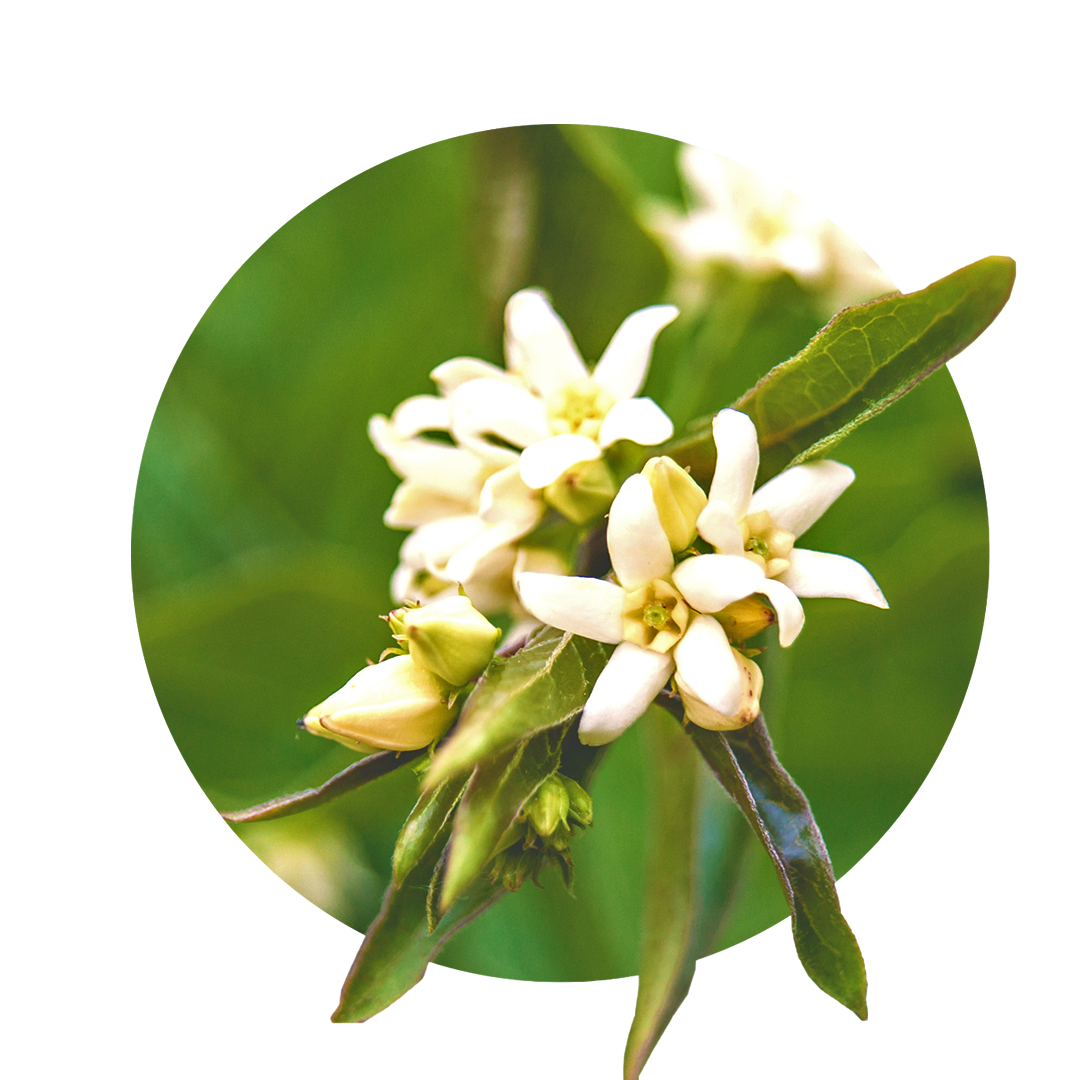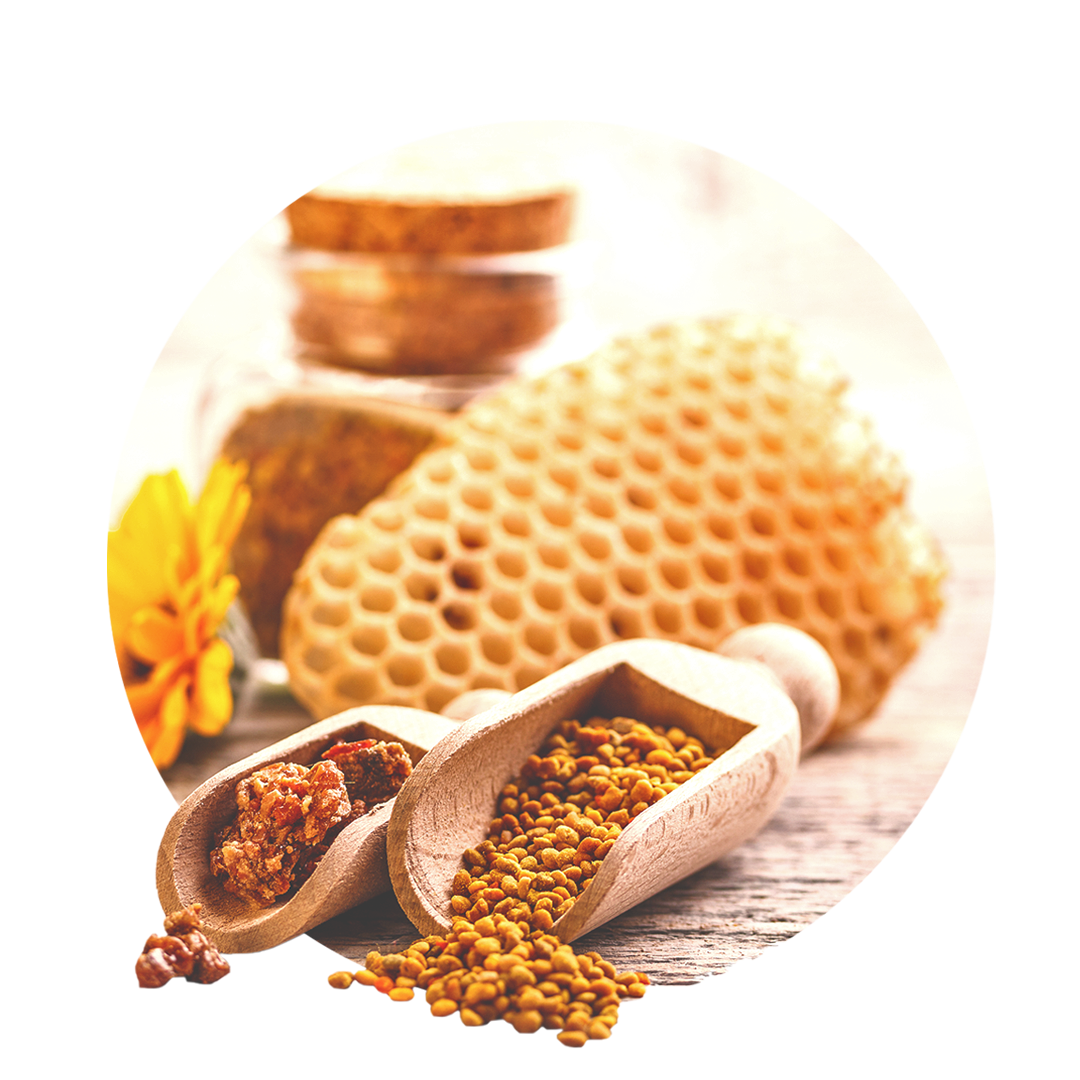Lavender: relaxation for body and mind
Lavender is a medicinal plant with a long history and has long been used in medicine. Its positive effect on the nervous system is particularly valued. Midwives love lavender for a range of women's issues and therefore regularly recommend it. Among the medicinal plants for the nerves, it is one of the very best.
Facts about lavender
Did you know that...
the name lavender is derived from the Latin lavare = to wash?
Lavender works very well against clothes moths?
Lavender oil is a real gift for the nerves?
What is Lavandula angustifolia?
Lavender is a native, mostly shrub-like plant that does well in poor soils. It grows to a height of around 60 centimetres and the lower parts of the shoots tend to become woody. It is now available in different colors, but the medicinal lavender is blue and purple. Lavender came to northern Europe from Italy in the early Middle Ages and quickly gained a foothold here. It has been added to washing and bathing water since ancient times due to its good fragrance and nourishing properties and was also very popular with the Romans.
General information and healing properties of lavender
Nerve-strengthening
Lavender strengthens the nerves. Its ingredients harmonize the nervous system and balance the sympathetic and parasympathetic nervous systems. The effect of stress is reduced with lavender and the system can better find its center.
Antimicrobial
It is effective against both bacteria and fungi. It can therefore be used internally to cleanse the digestive tract as well as externally to treat wounds and make life difficult for germs.
Wound healing
Its antimicrobial properties are useful for keeping wounds clean. It also harmonizes the nervous system so that it plays an optimal role in wound healing. It is therefore often used successfully, especially for burns, the heat of which also damages the nerve endings.
Lavandula angustifolia: Ingredients
In medicine, lavender is used for nerve-related symptoms and the following active ingredients have been identified:
Lavender essential oil with linalyl acetate and linalool
Tannins such as rosmarinic acid
Flavonoids
Lavender: effects for body and mind
Lavender has several facets of effectiveness from which the human body can benefit in therapy. Firstly, it has a significant effect on the nervous system. It has a relaxing, nerve-strengthening and sleep-inducing effect. On the other hand, it has antifungal and antibacterial properties, which make it a reliable therapeutic agent for infections. Its antimicrobial and nerve-regulating properties make it a good remedy for improving wound healing after injuries and operations.
Properties of Passiflora incarnata
- Nerve-strengthening
- Sleep-inducing
- Decongesting
- Anti-inflammatory
- Wound healing
- Antifungal
Fields of application in naturopathy:
Throughout history, lavender has been recommended for various applications. It is regularly used for
Lavender for nerve pain
Lavender calms the nerves and promotes their regeneration. It is therefore used for root irritation syndromes of the spine as well as for skin injuries. Thanks to its balancing effect on the nerves, it helps the body to heal injuries more quickly and also alleviates nerve pain that can occur with polyneuropathy.
Lavender for restlessness
In the central nervous system, lavender regulates the relationship between the sympathetic and parasympathetic nervous systems. This relationship is usually imbalanced due to prolonged stress. Its calming and balancing effect thus acts centrally against the restlessness, the tension disappears and the symptoms subside.
Lavender for sleep disorders
Switching off in the evening is increasingly an art. During the day, we are bombarded with stimuli that we can't let go of even in the evening. Lavender relaxes and has a sleep-inducing effect, so that you can leave everyday life behind you and find it easier to fall into a restful sleep.
Lavender for wounds
The nerves are often overstimulated by the injuries, the wound hurts and there is a risk of infection. Lavender soothes the nerves locally and its antimicrobial properties ensure that the chance of infection is reduced, allowing the wound to heal faster and better.
Notes on the use of Lavandula angustifolia
Lavender can be used as an essential oil, as a decoction, as a hydrolate or as a tea. It is a component of a number of complex remedies in phytotherapy, homeopathy and spagyric medicine.
Lavender during pregnancy & breastfeeding
Lavender is not only harmless during pregnancy and breastfeeding, it is actually very helpful. Its calming and balancing effect supports the expectant mother in challenging times and invigorates her. Even simple aromatherapy using a fragrance lamp can work wonders.

Get your lavender complex now and harness the healing power of Lavandula angustifolia
Use the healing power of lavender and our other 100 Healingplants for the natural relief of your ailments. Improve your well-being and support your body, mind and soul! With the help of our Configurator Your personal Spagyric spray that is tailored to your needs and accompanies you on your natural path to improving your body, mind and soul.







